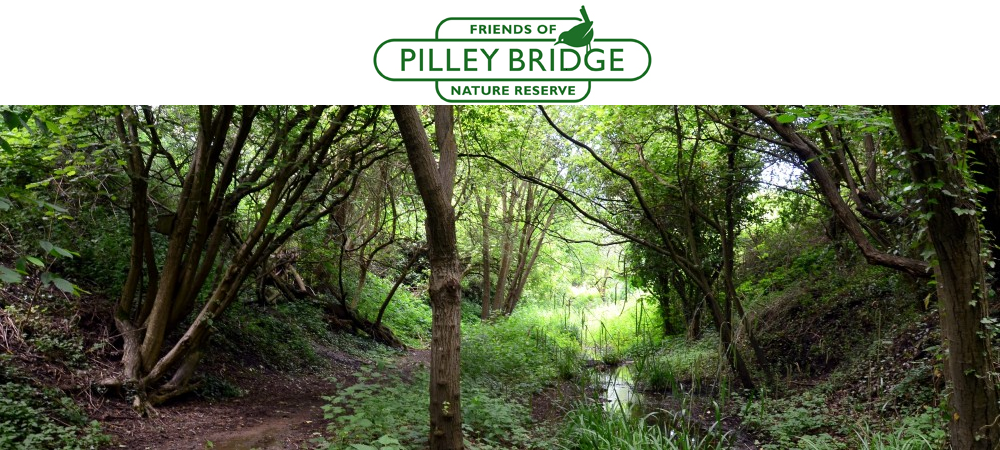The genie of the fungal disease Chalara Dieback of Ash has escaped from the bag, and now it cannot be put back. The disease has been shown to be present in many parts of the UK other than Northern Ireland, and while the official advice is to report all sightings so that the disease can be managed, to burn affected ash leaves etc. etc, it would be optimistic to say that this probably will not work and there is little that can be done!
Next year we will become accustomed to hearing of how the disease is spreading, and slowly the loss of another species (anyone remember the Elm trees?) will become a reality. No amount of hot air from the government, who had many years warning and did almost nothing to prepare, will change that.
The disease is caused by a fungus which probably originated in resistant populations of Ash trees in Asia. It was first recorded in Europe in 1990 in Poland, and it has spread across Europe until it was first recorded in the UK in 2012, brought-in on imported Ash saplings. It now seems likely that it has been present for a few years, probably also introduced on infected Ash trees imported from Europe. The UK Government introduced controls on imports in November 2012!
The disease first affects the leaves, which turn brown, and then spreads slowly down the twigs and into the branches, killing the bark. Smaller trees are killed quickly, larger trees more slowly. So far not a single tree of those affected within Europe, has been found which has not been affected; however, there is hope that in the long-term, it may be possible to breed a resistant strain from individuals which were not killed.
For now, we will have to get used to a landscape without Ash trees. The lesson to be learned is that the unrestrained trade in plants is no longer acceptable and that the Government must introduce effective controls to prevent further imports of plant pests and disease.
The loss of the Ash trees, while it is an environmental disaster, will also present some opportunities to diversify habitats and for imaginative tree planting. It will not be all bad news.
For further reading on another really serious imported plant pest that is being taken very seriously and which probably will be controlled successfully: http://www.forestry.gov.uk/forestry/HCOU-4U4J45
by Graham King, MRAC,Dip.Arb.(RFS),F.Arbor.A
